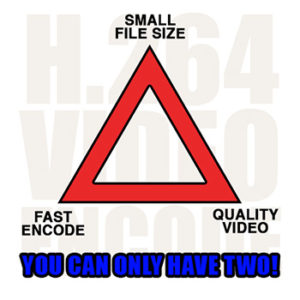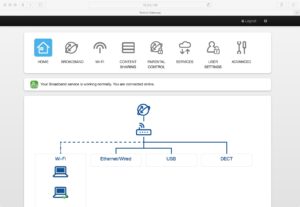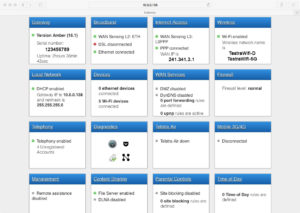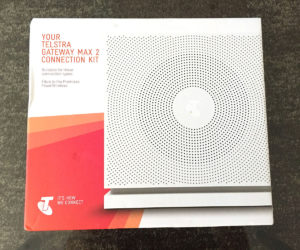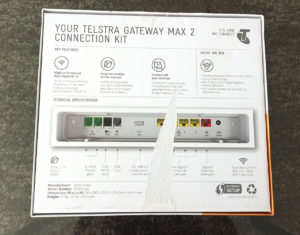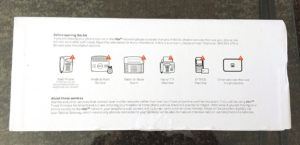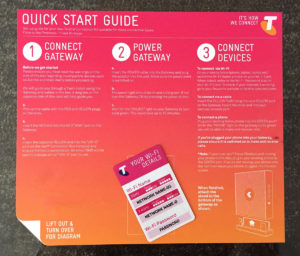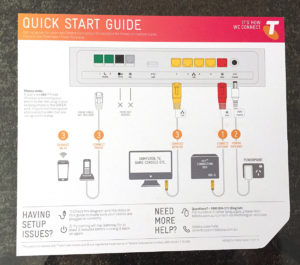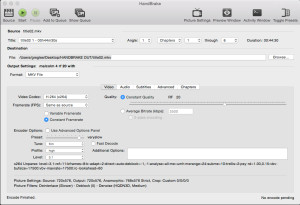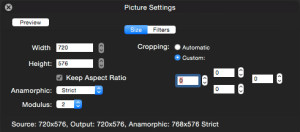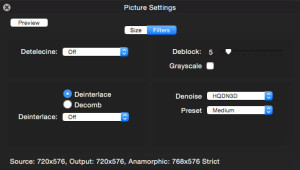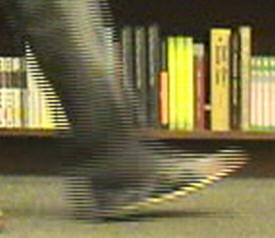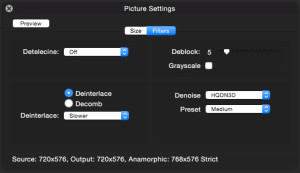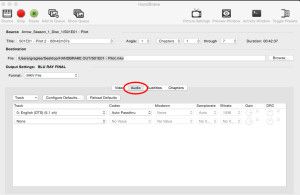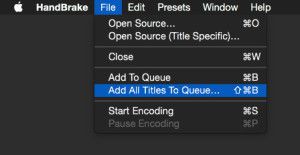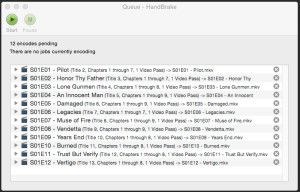Convert DVD to H265 with Handbrake
Convert DVD to H265 HEVC with Handbrake without having to know or understand all of the settings. Just copy my settings and you’re done!
|
H.264 Vs H.265 – Which one should I use? |
*Whilst your user interface may appear slightly different than shown here (depending on if you are using Windows, Mac or Linux), the settings and results will be the same across all platforms.
**NOTE** – These settings are for DVD to H265 HEVC Video
Use these settings if you have a recent 4K UHD Television and newer media player like the Apple TV 4K.
To convert DVD to H.264 – CLICK HERE!
To convert 1080P BLURAY to H.264 – CLICK HERE!
To convert 1080P BLURAY to H.265 – CLICK HERE!
To convert 4K BLURAY to H.265 – CLICK HERE!
INSTRUCTIONAL VIDEO COMING SOON!
THE SHORT VERSION
IMPORTANT – Before you begin, drop your source DVD file into Mediainfo and identify if the video stream is 480 or 576 size! (Different countries use different sizes)
1 Open source file in Handbrake and make sure you are on the “Summary” tab
2 Set file format to “MKV’ and deselect “Passthru Common Metadata”
3 Click “Dimensions” tab and set Resolution Limit to 480p or 576p (depending on your source file) and leave Anamorphic as Automatic, leave cropping “Automatic” and borders “None”
4 Click the “Filters” tab
5 Leave Interlace Detection set to Default, De-interlace set to Decomb, and Preset at “Default”
6 Click the “Video” tab
7 Select “H.265 10-Bit (x265)” from the Video Codec drop down
8 Select “Same As Source” in “Framerate”
9 Check the “Constant Framerate” button
10 Set “Encoder Preset” slider to “Slow”
11 Set “Encoder Tune” to “None”
12 Set “Encoder Profile” to “Main 10”
13 Set “Encoder Level” to “4.1”
14 Set the “Constant Quality” slider to “22”
15 In the “Additional Options” box ad strong-intra-smoothing=0:rect=0:aq-mode=1:rd=4:psy-rd=0.75:psy-rdoq=4.0:rdoq-level=1:rskip=2
16 Click the “Audio” tab
17 Select the preferred 5.1 channel soundtrack – If it is AC-3/Dolby Digital 5.1 click pass thru and go to step 20
18 Set “Codec” to “AC3” and the Bitrate to 448kb
19 Set Mixdown to “5.1 Channels” and Samplerate to “48”
20 Click the “Subtitles” tab
21 Click the “X” in the circle at the right side to remove the subtitles track on Windows, or select “None” from dropdown on Mac
22 Click the “Chapters” tab
23 Uncheck the “Create Chapter Markers” option if you don’t want them, or leave it checked if you do
24 Give your output file a unique name and save it somewhere easy to find
25 Make a preset to save the settings and Press the Green “Start Encode” button
THE LONG VERSION

